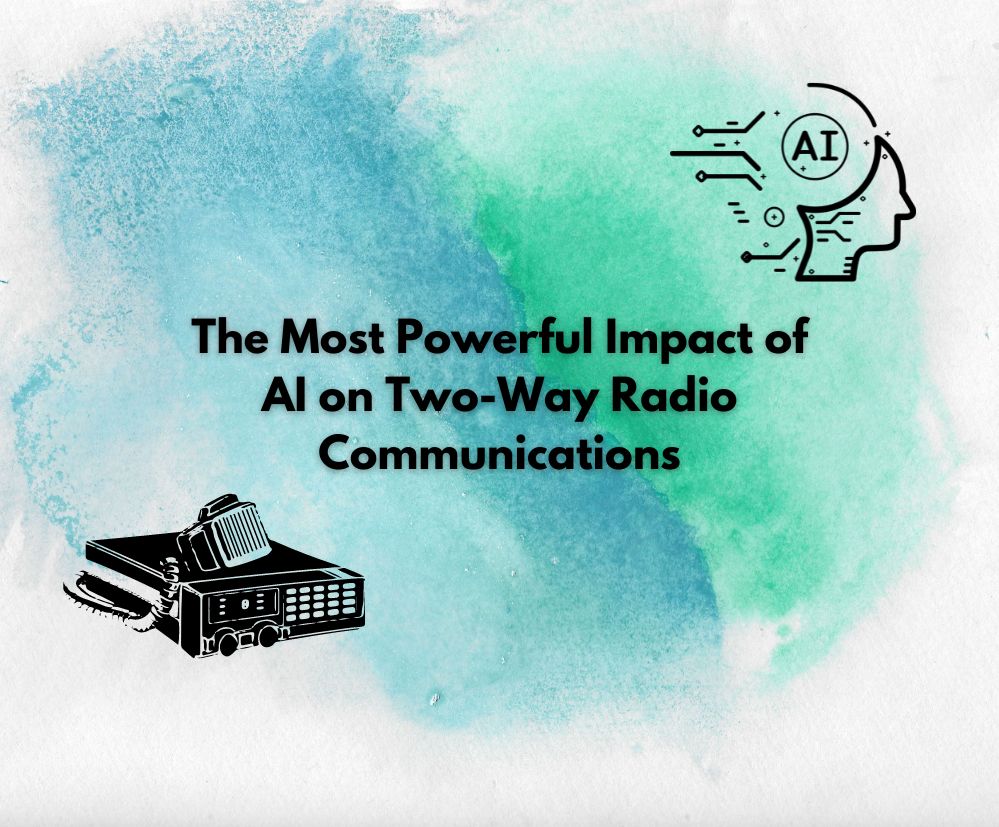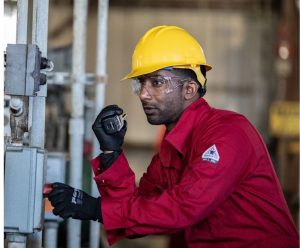
 Artificial Intelligence (AI) is revolutionizing various industries, and two-way radio communications are no exception. In this blog, we will explore the powerful impact of AI on two-way radio communications, including its potential to enhance communication speed, accuracy, and reliability. We will also discuss the future of AI in this field, as well as the need for robust standards and regulations to ensure the safe and effective integration of AI into two-way radio systems. Stay tuned to learn more about the exciting possibilities that AI brings to critical communications.
Artificial Intelligence (AI) is revolutionizing various industries, and two-way radio communications are no exception. In this blog, we will explore the powerful impact of AI on two-way radio communications, including its potential to enhance communication speed, accuracy, and reliability. We will also discuss the future of AI in this field, as well as the need for robust standards and regulations to ensure the safe and effective integration of AI into two-way radio systems. Stay tuned to learn more about the exciting possibilities that AI brings to critical communications.
The Rapid Growth of Artificial Intelligence in Two-Way Radio
(AI) in Various Industries AI is rapidly gaining traction in various industries, owing to its ability to automate tasks and process vast amounts of data faster and more accurately than humans. In healthcare, AI-powered diagnostic tools are improving patient outcomes and reducing costs. In finance, AI is transforming investment strategies, fraud detection, and customer service. In education, AI is revolutionizing the way we learn and access information, while in transportation, it is enabling autonomous driving and improving traffic flow.
Potential Impact of AI on Two-Way Radio
Communications In critical communications, such as public safety, military, and industrial settings, two-way radio is the go-to communication system. These systems enable instant communication between team members, providing a fast and reliable means of transmitting important information. However, traditional two-way radio systems have limitations in terms of coverage, audio quality, and the ability to process data.
The integration of AI into two-way radio systems has the potential to overcome these limitations, enhancing the speed, accuracy, and reliability of communication. For example, AI-powered speech recognition and natural language processing (NLP) algorithms can enable voice commands and transcription of messages, making communication more efficient and less prone to errors. AI can also help identify and prioritize critical messages, ensuring that the most urgent ones are attended to first.
AI can also enhance two-way radio coverage and reliability by enabling dynamic spectrum sharing. This technology allows two-way radio systems to share the same frequency band with other wireless networks, making more efficient use of available spectrum and reducing interference. AI can also help optimize radio network capacity, ensuring that resources are allocated optimally, and radio channels are used efficiently.
Future of AI on Two-Way Radio
Communication Systems AI-powered two-way radio communication systems are still in their infancy, but the potential benefits are immense. With AI, critical communications can become more efficient, reliable, and secure, enabling better coordination and faster response times. However, there are also potential risks, including the possibility of AI malfunctions, cyber attacks, and privacy breaches.
To ensure the safe and effective integration of AI into two-way radio systems, it is essential to develop robust standards and regulations. This will require collaboration between technology providers, regulatory bodies, and end-users, to ensure that AI-powered two-way radio systems are designed with safety, reliability, and security in mind.
Conclusion
In conclusion, AI is transforming various industries, and its potential impact on two-way radio communications is significant. AI-powered two-way radio systems can enhance communication speed, accuracy, and reliability, enabling better coordination and faster response times. However, to ensure the safe and effective integration of AI into two-way radio systems, it is essential to develop robust standards and regulations.
If you want to know more information contact us at +971 4 399 2300 or visit www.tabbara-electronics.com
